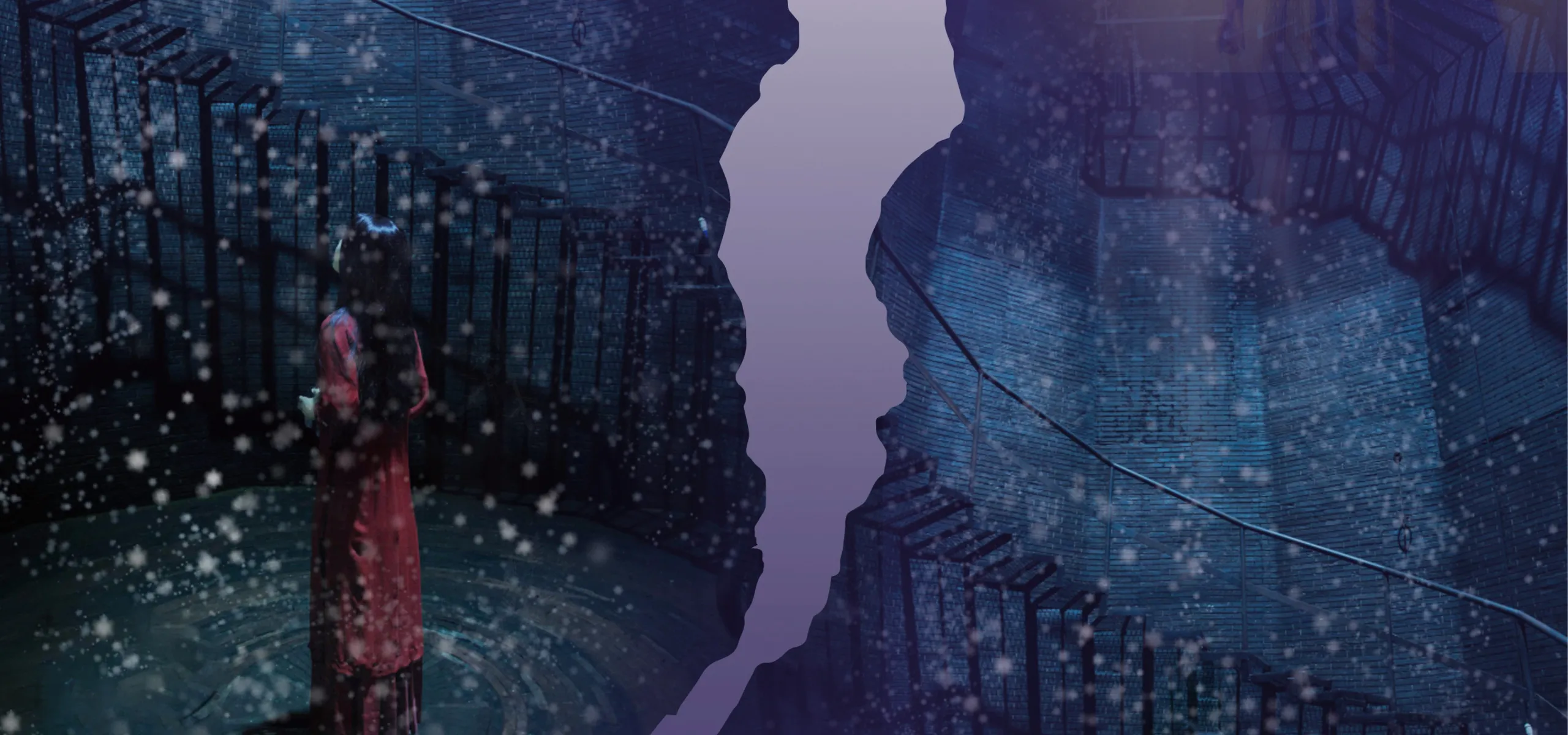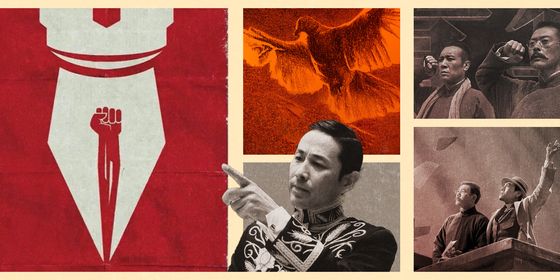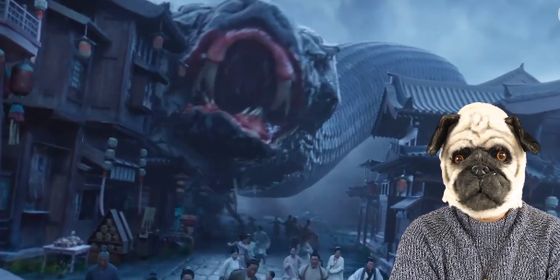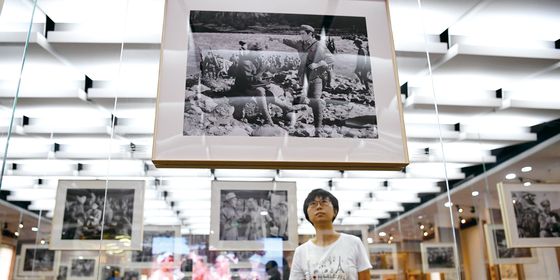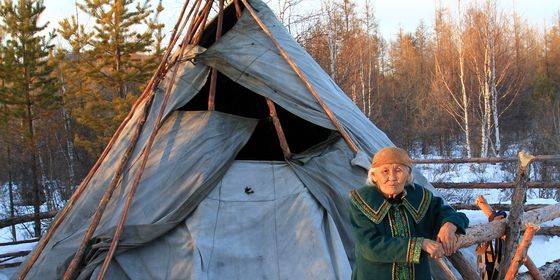China’s domestic horror films still struggle to impress audiences
It was the most anticipated Chinese horror movie of the year (if ranking fifth in user votes on ticketing platform Maoyan is anything to go by), but Ning Ye, a self-proclaimed “horror enthusiast” residing in China, claims to be unimpressed by Case 1922, a period film released on February 18 about a phantom serial killer. “I don’t like Chinese horror movies. [They’re] not scary,” says the 33-year old, who watches up to half a dozen Japanese and Western horror flicks a month.
These thoughts are echoed by fans and industry specialists around China. “Major studios just ignore this genre by default nowadays,” Feng Zixuan, a producer with a major Chinese studio (who wished to use a pseudonym), tells TWOC, claiming to not have watched a Chinese horror film in 20 years.
Kai Ma, director of home-grown horror film The Possessed (2016), was paraphrased by online culture publication Poison Eye as saying that many young directors enjoy discussing horror films, but few express a desire to make them. From a peak of 69 horror films a year in 2016, domestic production has collapsed to just five in 2021, according to data collected by online film blog Sir Movies.
Homegrown horror films from the Chinese mainland get a poor rap in the country from both creators and viewers. The reasons are complex, stemming from a poorly understood prohibition by the China Film Administration (CFA) on violence and the supernatural, financial risk, the burden of audience expectations, and low status in the industry.
As a genre, East Asian horror has long been dominated by Japanese (“J-horror”) and later Korean (“K-horror”), which rose to prominence off the back of the international success of Japanese films like Ringu (1998) and Ju-on (2002). American audiences will recognize them by their remakes, The Ring (2002) and The Grudge (2004), which retained their cultural roots through the transfer to Hollywood, such as the character of yurei (vengeful ghosts in Japanese mythology). Similarly, the K-horror classic A Tale of Two Sisters (2003) became The Uninvited (2009), bringing this story based off a classic Korean folktale to a wider Western audience.
The Hong Kong horror industry has also done well, particularly in the 80s, spawning international cult hits like Mr. Vampire (1985), A Chinese Ghost Story (1987), and Rouge (1988). All had a distinctive homegrown flavor that often blended horror with comedy or kung fu, steeped in the trappings of Chinese ghost legends and traditional mythology.
But the Chinese mainland’s crowning contribution to the genre hasn’t changed for 90 years: Song at Midnight (1935), a loose take on the 1925 film The Phantom of the Opera, is ranked first on Douban’s best-rated mainland horror films. Horror films for the past five years have either been too low-profile to merit a score on the platform, or else have been universally panned. Only four have managed to clear five out of 10 points since 2017.
Netizens have made a sport of mocking shoddy production values, tacky attempts at titillation, and general lack of scares. One such roast piece was posted on a film blog in 2017, and titled “10 Domestic Horror Films that Forgot to Pack a Brain, Or Else Think Their Audiences Are Stupid,” making fun of studios blunders like putting actors in revealing clothing to make their films sell.
What Spooked China’s Horror Film Industry? is a story from our issue, “State of The Art.” To read the entire issue, become a subscriber and receive the full magazine.





